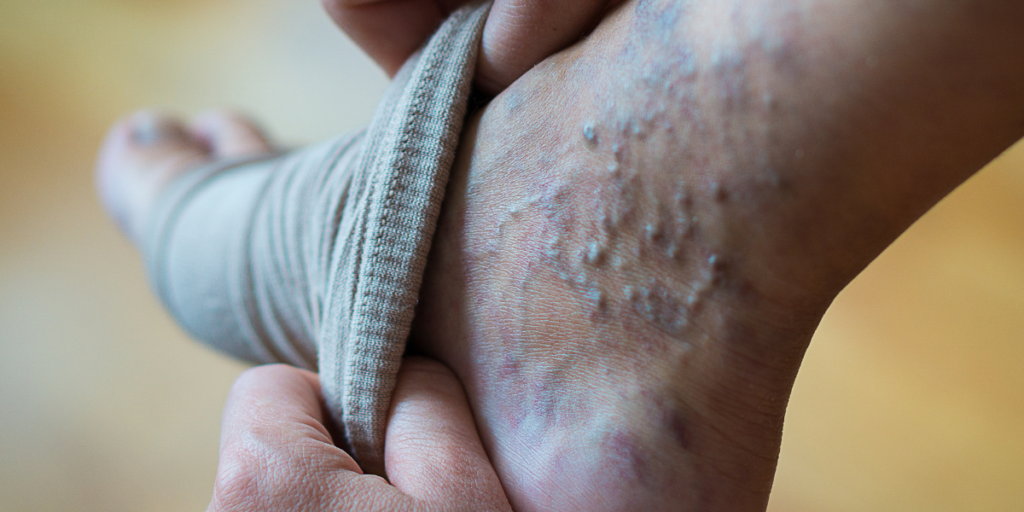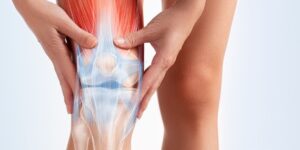Have you ever noticed those visible clusters of red and blue veins on your legs or other parts of the body and wondered what they were all about? Varicose and spider veins are two common vascular conditions that affect many people, especially women. While they may seem similar at first glance, they have distinct characteristics and causes. Understanding the difference between varicose and spider veins is crucial in determining the appropriate treatment options and maintaining healthy vascular health.
Varicose Veins vs. Spider Veins: The Key Differences
Varicose veins are enlarged, twisted veins that typically appear as bulging cords on the legs. They can be blue or dark purple and may cause discomfort or heaviness in the affected areas. On the other hand, spider veins, also known as telangiectasias, are smaller, thinner veins that often resemble a spider web or tree branches. Spider veins are usually closer to the surface of the skin and can be red, blue, or purple.
One of the fundamental differences between varicose and spider veins lies in their size and appearance. Varicose veins are larger and more prominent, whereas spider veins are smaller and usually less noticeable. Additionally, varicose veins are often associated with symptoms such as pain, swelling, and aching, while spider veins are primarily a cosmetic concern and may not cause any physical discomfort.
Causes and Risk Factors
Varicose veins are commonly caused by weakened or damaged valves in the veins that disrupt the normal flow of blood back to the heart. When these valves fail to function correctly, blood can pool in the veins, leading to varicose veins’ characteristic swelling and bulging. Spider veins, on the other hand, are also often the result of genetic predisposition, hormonal changes, sun exposure, or injuries to the skin.
Several risk factors can increase the likelihood of developing varicose or spider veins. These include a family history of vascular conditions, obesity, pregnancy, standing or sitting for long periods, and aging. Women are also more prone to both varicose and spider veins due to hormonal fluctuations during puberty, pregnancy, and menopause.
Treatment Options
Effective treatments are available for both varicose and spider veins, depending on the severity of the condition and the individual’s symptoms. For varicose veins, interventions such as sclerotherapy, endovenous ablation, or in certain circumstances, surgical procedures like vein ligation or vein stripping may be recommended. These treatments aim to close off or remove the affected veins to improve blood flow and alleviate discomfort.
Spider veins can be treated with similar approaches, including sclerotherapy, laser therapy, or intense pulsed light (IPL) therapy. These minimally invasive procedures target the spider veins directly, causing them to fade and eventually disappear. Compression stockings and lifestyle modifications, such as regular exercise and elevation of the legs, can also help manage symptoms and prevent the recurrence of varicose or spider veins.
Varicose and spider veins are common vascular conditions that affect many individuals, particularly women. While varicose veins are larger, bulging veins that may cause discomfort, spider veins are smaller, cosmetic veins are often found closer to the skin’s surface. Understanding the key differences between varicose and spider veins is essential for seeking appropriate treatment and maintaining vascular health.
If you are experiencing symptoms related to varicose or spider veins, it is essential to consult with a vascular specialist for a comprehensive evaluation and personalized treatment plan. At VidaVascular, our team of experts is dedicated to providing cutting-edge vascular care to help you achieve optimal vascular health. Don’t let varicose or spider veins impact your quality of life – reach out to VidaVascular today for expert advice and treatments tailored to your needs.




